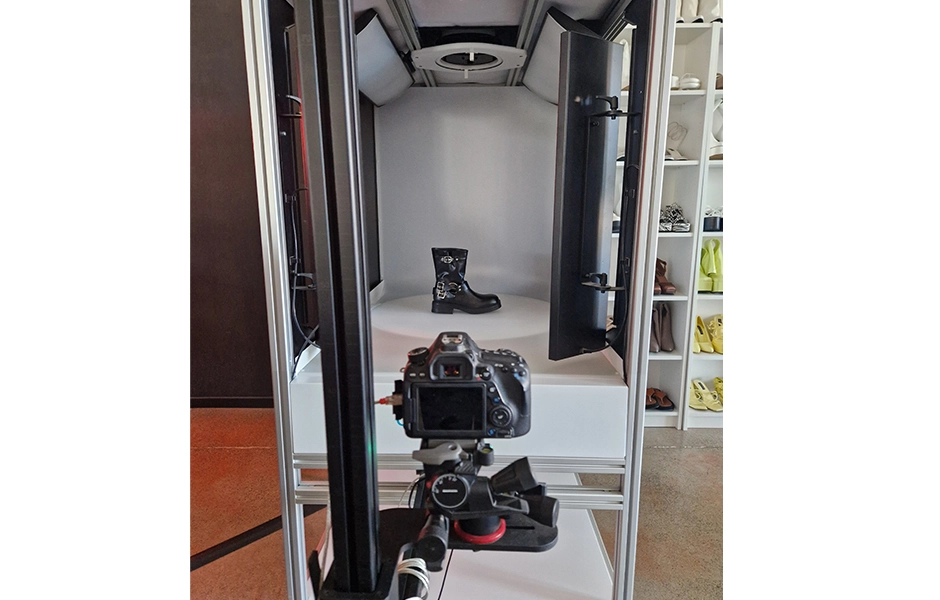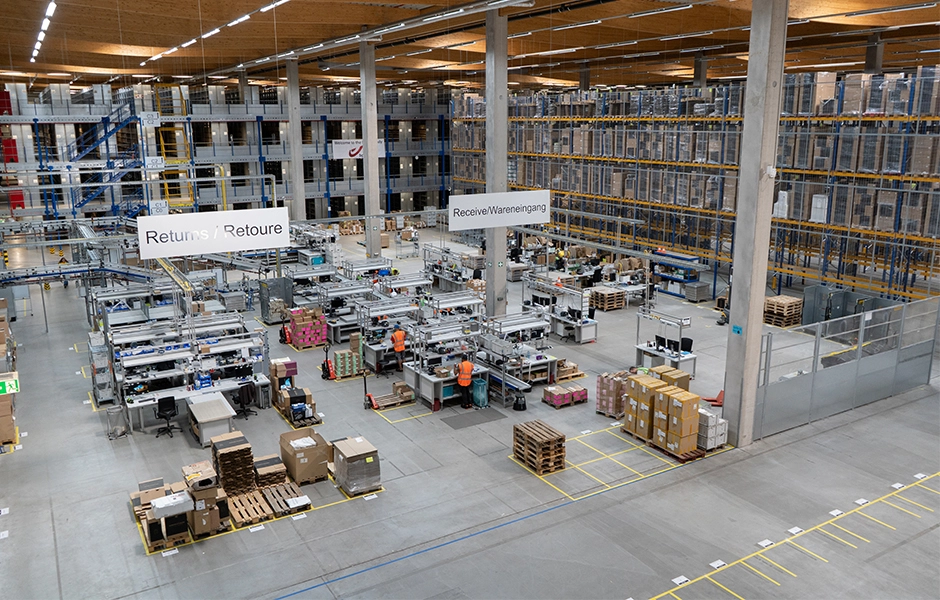Online Fashion Retailers’ Guide to Reducing Returns
Buying fashion online has always meant sacrificing the ability to see, feel, and try on clothing before committing—something easy returns were designed to offset. But as Gen Z embraces bracketing, treating their homes like virtual fitting rooms, return rates are soaring, exposing deeper challenges in the online fashion model that retailers can no longer ignore.
In 2023, 81% of retailers of e-commerce apparel (clothing, shoes, bags & accessories) tackled the cost of high return rates with restrictive return policies and return fees. But as retail has experienced in general, charging for returns has lowered return rates at the expense of losing business. Many retailers are rescinding their stricter policies and rethinking how to manage returns more effectively.
Is there a better way to reduce return rates in the apparel e-commerce industry?
Consumers use easy returns as the new fitting room
Shopping for fashion online has always meant giving up the chance to see, feel, and try on items before buying. To ease that uncertainty, retailers introduced easy returns, reassuring customers that any misstep could be quickly and painlessly corrected. The promise of a risk-free purchase boosted conversion rates then—and still does today.
The pandemic changed shopping habits, especially for Gen Z, who embrace bracketing—buying multiple versions of an item to return all but one. With 51% engaging in the practice, they lead in spending and returns, averaging 7.3 returns per shopper and $174 per order.
Bracketing has become the new fitting room, mirroring the practice of taking multiples of an item to the fitting room to try on. The problem is that while bracketing helps shoppers decide which item to keep, it adds to the volume of returns that retailers must process.
The fact that apparel has such a high return rate – some estimate that the average return rate may actually be closer to 40-50% — signals that the online fashion industry has some unique factors driving these rates.
Why apparel gets returned
With the exception of home décor, no other retail category is as highly subjective to the buyer’s opinion on whether or not the item purchased meets their unique vision, needs, and mood. What sets online fashion apart and makes it so predisposed to returns?
- Subjective experience. Fashion purchases are deeply personal, tied to body image, self-esteem, and how buyers want to look and feel. Shoppers often can’t decide until they try items on, see themselves in the mirror, and get feedback from others—especially when buying for specific events or to project a certain image.
- Emotionally driven sales. Shoppers are known to buy apparel based on impulse and mood. Clothing is the most common impulse buy for women online shoppers, with 57% of them reporting having done so. The subjective nature of fashion and the fact that buying new apparel is often a mood-booster makes it easy for shoppers to buy something that turns out to not deliver what they expected, or simply no longer fits their desires or needs.
- Inaccurate sizing & descriptions. Retailers use virtual reality and customer reviews with photos and videos to aid shopper decisions. Still, many overhype products or fail to offer accurate sizing for their target markets, leading to returns from poor representation and marketing.
- Buyer’s remorse. With so much of fashion being purchased based on emotional and subjective decision-making, the rate of buyer’s remorse is higher, too. Many shoppers buy on impulse only to decide later that their closet is full, and they don’t need the item.
Should online fashion retailers simply accept higher return rates and calculate them as the cost of business? Yes and no. Apparel will continue to generate higher returns than other categories. But retailers can work to reduce those rates by improving the buying experience.
Improve the pre-purchase experience
E-commerce retailers control the pre-purchase experience. This includes not only the digital experience, but more importantly how customers engage with and interact with a product itself. By shoring up this experience, retailers can reduce returns by helping customers be more confident in their purchases.

- Be accurate in product representation. This is the most critical factor. Accurate images, descriptions, and sizing are essential to reducing returns. Shoppers rely on models to imagine fit, so include diverse body types and clearly show fabric quality. Ensure size charts match customer expectations—or provide clear guidance when they don’t.
- Be the fitting room attendant. In higher-end department stores, fitting room attendants are often present not only to assist customers, but to provide insight and guidance on fashion choices. This supportive, helpful presence often results in happier customers making better purchase decisions. Brands can provide the helpfulness and mentality of a fitting room attendant through the information and advice they provide online. Add styling tips and recommendations for a more curated experience.
- Track return data back to the supply chain. If you find that you’re getting many returns on a certain sized item, it may indicate that the sizing is not accurate to what customers expect. This kind of data needs to be directed back to the supply chain for better product sourcing. Traditionally, men return clothes because it is too small and women return clothes because it is too big. When you see anomalies at scale, it needs to be addressed in the supply chain.
- Include authentic reviews with images. This helps customers as they turn to peers to see products “in real life”. Many customers verify the brand’s product description and the items color and quality, by perusing images and comments that other customers have uploaded. Customers trust other customers more than they trust brands, so this type of data is invaluable in helping shoppers make the best decisions for their needs and desires. Be sure you include negative and unsponsored reviews, as customers want a balanced array of data to feel as if they’re making a sound choice.
- Address bracketing head-on. Customers value brands that save them time and feel supportive. You can openly address the issue of bracketing by talking about it on your sites and offering ways to help customers feel more confident in selecting the best item upfront.
- Never talk about reducing returns, except in light of the environment. Customers are already upset about return fees, and few have empathy for a brands’ bottom line. But they do care about their impact on the environment. Reducing returns can be a positive social change driven by sustainability concerns if presented well.
Returns primarily happen because something in the pre-sale process failed or because the item showed up defective. Online fashion retailers can work to address those issues to reduce returns.

Radial Europe, returns are Halle fulfillment site, Germany
Work with an e-commerce 3PL fulfillment partner
The final recommendation is to work closely with your fulfillment partner to reduce returns. Be sure products are inspected for defectiveness before being packaged, and that packaging is improved to reduce the likelihood of damage. Work with your 3PL to improve efficiencies in reverse logistics, and to create alternative options for handling returned goods. Can it be donated? Recycled? Resold via marketplaces? Do you need to open a brick-and-mortar discount store? Or a discounted return e-retail site? How can logistics be better managed to reduce transportation costs? There are numerous ways that your fulfillment partner can help you address this issue.
Radial has partnered with e-commerce retailers for 40+ years to provide third-party logistics, fulfillment services, and reverse logistics management. We would love to talk with you about how we can support your online fashion business in reducing returns.
